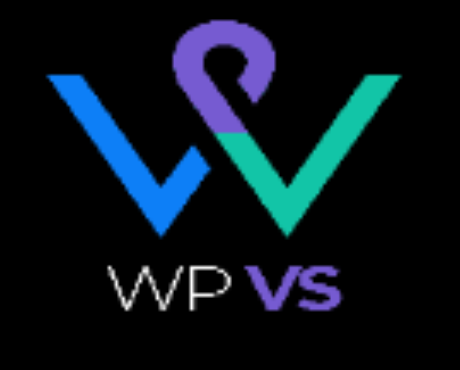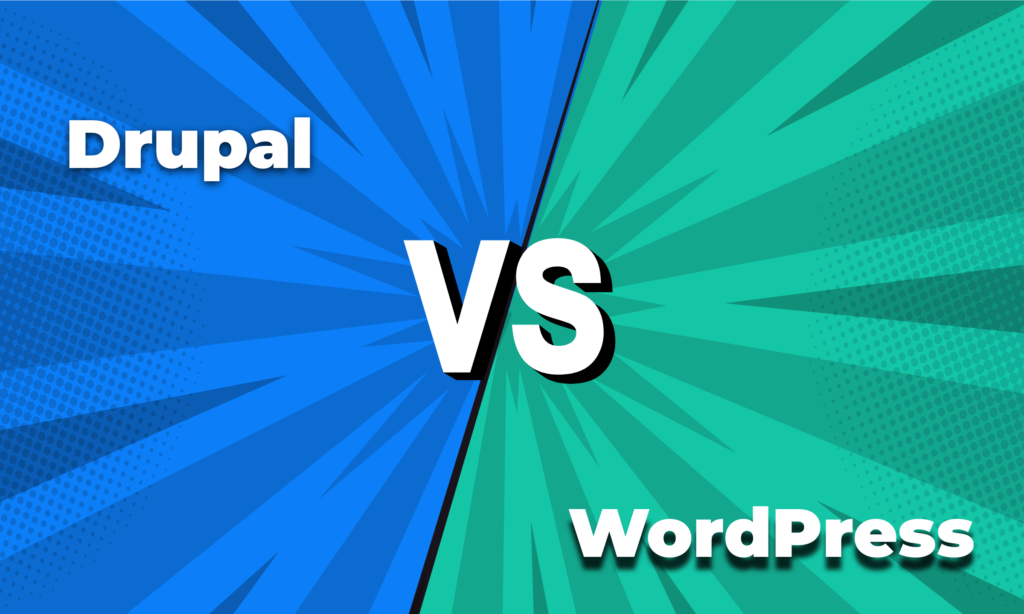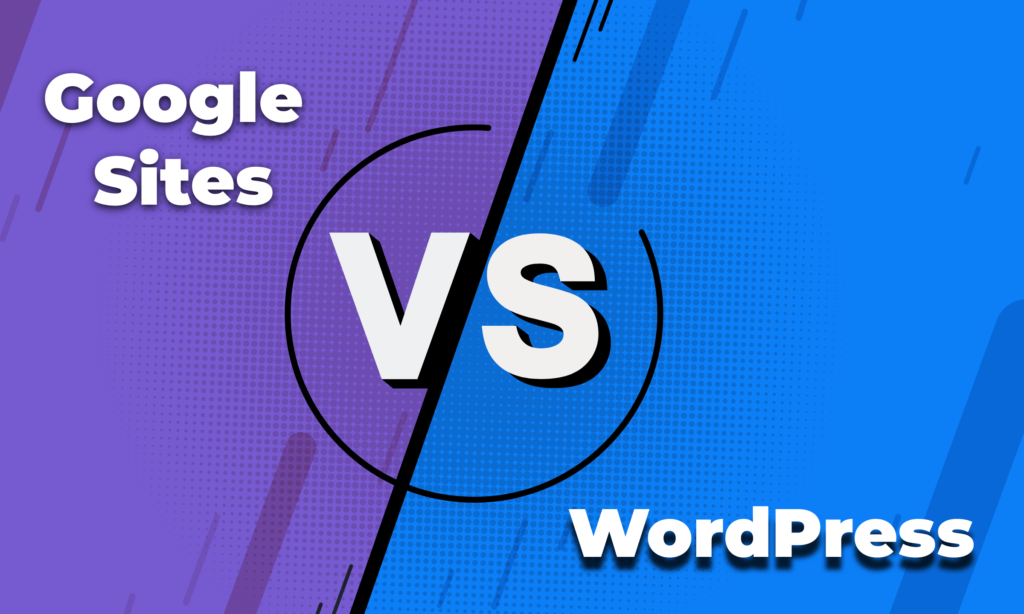Are you curious about Dreamwave and WordPress?
If you are a blogger or eCommerce store owner, you know the importance of creating a website. A well-designed website can help you reach your target audiences. Dreamwave and WordPress are two great options for creating a website.
The debate of Dreamweaver vs WordPress has been around for years. Both have their pros and cons, but which one is the best for web development? Let’s take a look at both and see which one comes out on top.
This article compares and contrasts these two platforms and helps you decide which one is right for you.
A Short Introduction to Dreamweaver and WordPress?
What is Dreamweaver?
Dreamweaver is an offline web designing tool with an advanced coding interface powered by Adobe. Its code editor supports many markup languages like HTML, CSS, JavaScript, XML, and more.

Developers can create files and web applications locally using this feature-rich code editor. Its WYSIWYG feature lets them see the live preview of how they will look when published.
With Dreamweaver, you can create simple pages with very little code. But you need deep coding knowledge to create complex pages, which is beyond the capabilities of beginners.
What is WordPress?
WordPress is an open-source content management system (CMS). It enables you to create a website or blog from scratch in no time. You will find countless themes and plugins by which anyone can create complex web pages without any hassle.
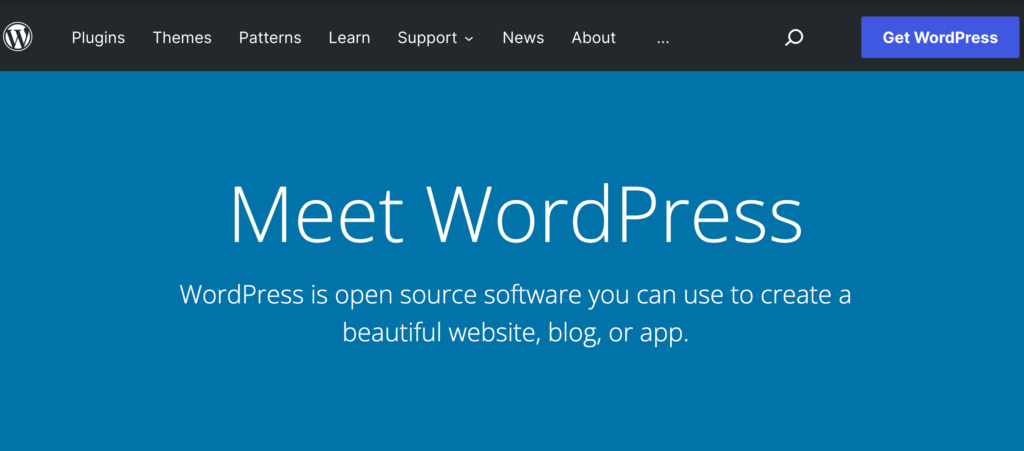
You can install WordPress on your own web server or get a hosting account from a WordPress-recommended provider. It also has a live preview option. Before saving any new change, you can click the preview button to check how the changes will look.
Market Share of Dreamweaver and WordPress
As of today, when we are writing this article (July 2022), 1.9+ billion active websites are on the web. According to W3Techs, 0.2% of them are using Dreamweaver. It means the total number of websites using this tool is 3.8+ million.
WordPress has a market share of 43.2%. It means the total number of websites using WordPress is 820+ million. These numbers are constantly updating as the number of users changes over time.
You can visit W3Techs.com for real-time updates.
Differences Between Dreamweaver and WordPress
Dreamweaver is a paid software application from Adobe that can be used for designing, coding, and building websites. Oppositely, WordPress is a free and open-source content management system (CMS) that can be used for creating websites and blogs.
Let’s explore the differences between these two platforms on key points and decide which one is best for you.
Ease of Use and Development Process
Dreamweaver has two editors: a visual editor and a code editor. You will get a modern drag-and-drop interface in the visual editor. But you cannot design complex pages and applications with it because it lacks many rich features.
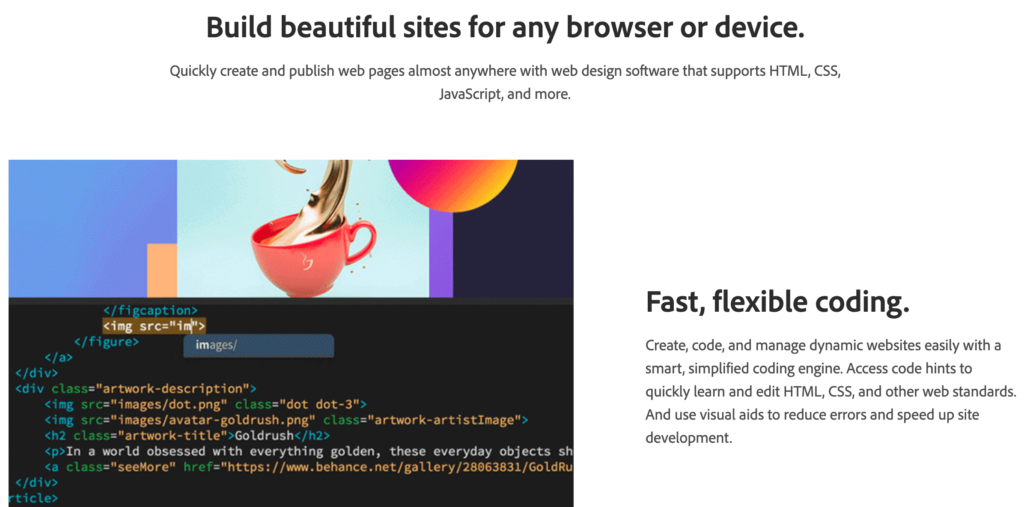
With the code editor, you can create any type of design you want. But for that, you need top-level expertise in coding and Adobe Dreamweaver.
WordPress is much more hassle-free in this case. It has a very easy interface that anyone can operate without coding knowledge. You just have to download and install the themes and plugins to optimize your web pages as you want.
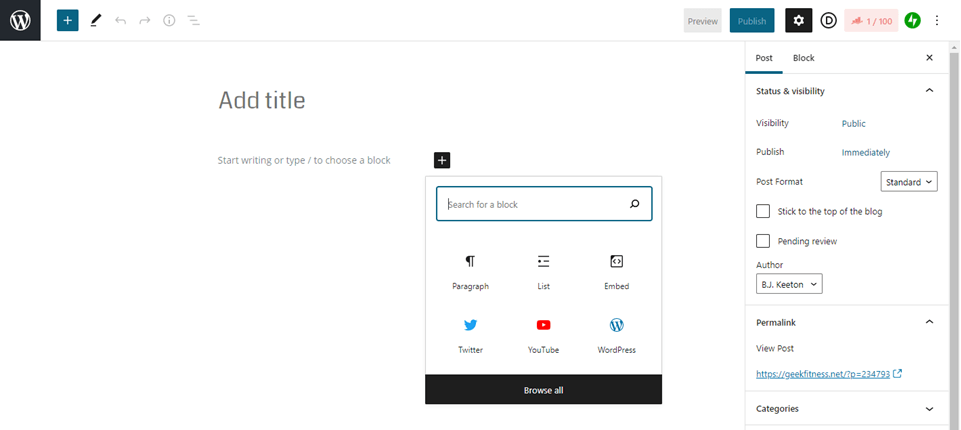
The Gutenberg editor made WordPress so easy that anyone can customize posts, pages, and content to give their website a stand-out look.
Design and Customization
Dreamweaver lets you do high levels of customization. This is why many professionals use this tool to design their web pages. But for that, you have to put in some extra effort. You will find a variety of templates online and through Dreamweaver as well to save you time.
WordPress provides endless possibilities for customization. You can find over 9,500+ free themes and additional thousands of premium themes in its library. Besides, there are many page-building plugins like Elementor by which you can give a more extraordinary outlook to your website.
If you need more customization, you can make a change in HTML/CSS as well. You don’t need to worry about responsiveness. Just install a mobile-responsive theme, and your site will fit on all devices.
Plugins and Extensions
Dreamweaver has a much smaller range of plugins and extensions compared to the WordPress library. These add-ons are mainly for experienced designers. For most newbie users, it won’t be easy to make complete use of these plugins right from the beginning.
WordPress has 50,000+ plugins, and more are being added every day. You’ll find advanced to the easiest level of plugins in its library. You just need to find the plugin that matches your requirements.
eCommerce Functionality
You can use either WordPress or Dreamweaver to build eCommerce websites. But in terms of eCommerce features and functionality, WordPress is a better option. With its WooCommerce plugin, it becomes very easy to set up an online shop and start selling products.
You can also find countless themes that are designed specifically for WooCommerce. But Dreamweaver is not that eCommerce-friendly. Already, we said it lacks many features. If you want to build an online store with Dreamweaver, you must put in much extra effort.
SEO features
Both WordPress and Dreamweaver have in-built SEO features. But WordPress is always a step ahead. It has many top-class SEO plugins like Yoast and Rank Math, by which you control all the SEO settings of your website from one place. All its mobile-responsive themes are pre-optimized with SEO code.
You can use Adobe Dreamweaver to create an SEO-friendly website. But it’s not that much easy for newbies. If you don’t have proper coding knowledge, you may face difficulties optimizing your web pages according to the latest Google algorithms.
Maintenance and Security
Both WordPress and Adobe Dreamweaver update their core files at regular intervals to make sure these platforms are bug-free. But in the case of security Adobe Dreamweaver is one step ahead as it runs locally. So, all the files and documents are automatically stored on your device.
Since WordPress has to host its website on a hosting platform, web owners have to use additional security tools and plugins. Jetpack, Anti-Malware Security, WPScan Security, iThemes Security, etc. are some best WordPress security plugins.
Help and Support
WordPress doesn’t offer any support officially. But WordPress has a big community of contributors. You may share your problems in the community to get guidance. Besides, if you use premium themes and plugins, you will get 24-hour support from most of them.
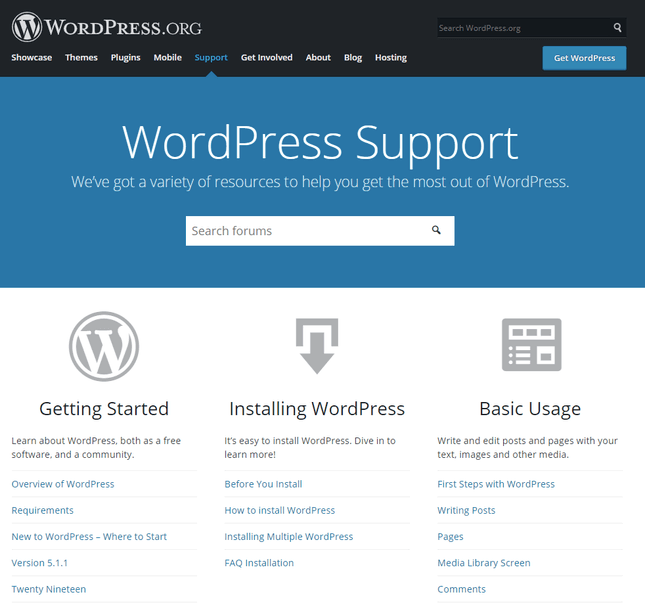
Once you subscribe to the premium version of Adobe Dreamweaver, their support center will be open for you. You may reach out to them through email and the ticket system.
Dreamweaver vs WordPress: Pricing
Adobe Dreamweaver is a premium tool. It has different pricing plans. It costs for a single app $27.62/month, individuals $52.62/month, and business 54.04/month. But you can use its free trial for seven days.
WordPress is a free and open-source platform. You don’t need to pay anything to use it. But for the domain, hosting, premium themes, and extensions will cost you an extra amount. So, in total, it may cost you anywhere between $50-$200+ to create and manage a website on WordPress.
Dreamweaver vs WordPress: Which One is Winner?
WordPress is a clear winner if we compare WordPress vs Dreamweaver based on features, functionality, ease of use, and flexibility. It’s perfect for beginners as well as experienced designers. You can create any type of website with WordPress without zero coding. And its cost-effectiveness is an additional advantage.
On the other hand, Dreamweaver is suitable for those who have coding knowledge and want more control over their website. It’s not that much easy to use as WordPress. And its range of features is also limited. So, we can’t say it’s a good platform for beginners. If you are an expert in coding, Dreamweaver makes sense.
Dreamweaver vs WordPress: A Short Comparison Between Them
Here we will sum up the differences between Dreamweaver and WordPress in a comparison table.
| Topic | Dreamweaver | WordPress |
| Dashboard and Interface | Requires coding to use the rich features | Doesn’t require coding knowledge |
| Themes and Customization | Yes (exact figure not found) | 9,500+ free themes plus tons of premium themes |
| Plugins and Extensions | Limited | 50,000+ |
| eCommerce Functionalities | Limited | Yes |
| Blogging Features | Yes | Yes |
| Maintenance and Security | Yes | Yes |
| Pricing | Starts from $27.62/month | $50-$200+ |
Dreamweaver vs WordPress: Which Users are Aimed At
If you want to build a career in web development career, starting with Dreamweaver will be the best option. You can do it on WordPress, but better Dreamweaver is the best.
However, if you are a general user with zero to less coding knowledge, we recommend WordPress. In fact, with WordPress, the sky is your limit today. You can create almost any kind of website on it, which isn’t possible with Dreamweaver.
Check out the following types of websites you can create on it:
- Blogging
- eCommerce
- Multivendor marketplace
- Agency site
- NFT site
- Auction site
- Portfolio site
- Directory site
- Corporate site
Over to You: Which One Will You Use?
If you have a running business, you must have a website. Without a digital presence, you have no future tomorrow. Besides, having a website is a must today for personal branding, portfolio build-up, and more.
Hopefully, after reading this article, now you know which of these two platforms will be better for web creation and maintenance. Don’t forget to let us know which one you are going with.
Besides, if you have any more queries or need help, comment to us below. We’ll get back to you shortly. Thanks for reading! Have a nice day!
FAQs on Dreamweaver vs WordPress
Now, we will cover some frequently asked questions commonly found on the topic of Dreamweaver vs WordPress.
Dreamweaver is integrated with WordPress. You can use it to create custom themes, edit HTML pages, and many other templates for WordPress.
Indeed, Dreamweaver is not a good website builder, but for that, you must be an expert in coding. If you are a no-coding user, your freedom will be much limited with Dreamweaver.
Here is a list of five alternatives to Dreamweaver:
–Google Web Designer
-Bluefish
–Webflow
-CoffeeCup HTML Editor
-RapidWeaver
WordPress has a media library section where you can store your media files (photos and videos). Afterward, you can add them to your blog posts and pages whenever you want.
